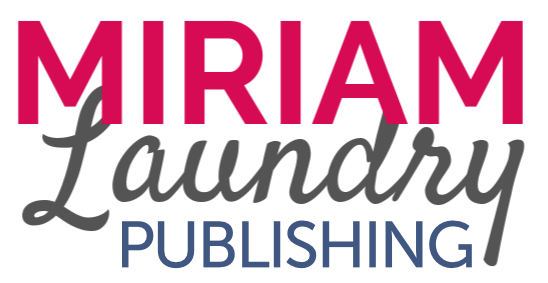If you want to write a story that engages children, you must listen to their interests, questions, and thoughts. Do you remember a time when a child said something so "out there" that it left you wondering how in the world they came up with it? That memory could be the start of a great children's book story.
One writing tip that has completely transformed the way I write children’s books is to “flip the narrative.” When we listen to children’s unique perspectives and imaginative ideas, we can turn those "out there" moments into compelling stories.
How To Write a Story for Children
The key to transforming your writing for children is to embrace a sense of childlike wonder. Children view the world with curiosity, questioning everything, imagining anything, and finding humor in the unexpected. By tapping into this perspective, we can create stories that resonate deeply with young readers. Here’s how to do it:
It All Starts With an Idea
For a story to capture a child’s attention, it doesn’t mean it has to be revolutionary. You can take a simple idea and turn it into a creative story. Consider a universal theme that is often portrayed in children’s books, such as the importance of telling the truth:
Ruthie and the (Not So) Teeny Little Lie by Laura Rankin
The True Story of the Three Little Pigs by Jon Scieszka
Franklin Fibs by Paulette Bourgeois
The three books listed above center around honesty, yet engage the reader in completely different ways with different characters and problems. Although there may be countless stories that have already explored a topic such as this one, you should ask yourself how you can bring a fresh perspective to it—how can you flip the narrative?
Flipping the narrative is all about using your imagination the way a child would.
Example: A Children's Book That Flips The Narrative
C’Mere Boy by Sharon Jennings
Sharon’s real-life experience inspired the story, C’Mere Boy. Her son had begged for a dog, and they had always told him “Not right now.”
Sharon thought of how common this experience must be for so many families and realized she had the opportunity to share a light-hearted, relatable story.
Once she finished drafting this story of a child who wanted a pet but the parents weren’t so sure they wanted the responsibility of owning one, and the child begged they would take care of it—she realized the story was quite boring.
If it was boring her as an adult, she knew that there was no way it would be an exciting read for children.
She knew it needed a fresh perspective, so she decided to flip the narrative.
With a bit of imagination, she changed the main character to the dog who wanted to get a boy. This alteration made the story more interesting and, ultimately, more appealing to children. She didn’t lose the original theme of responsibility; instead, the story was presented in a way that resonated more with young readers and remained memorable to them.
3 Ways to Flip the Narrative When Writing a Children’s Book
Listen to Children
Spend time interacting and listening to children. Pay attention to their observations, questions, and thoughts. (You’ll be surprised at how this simple action can spark fresh ideas for your next story!)
Challenge Your Imagination
Give yourself permission to explore all the possibilities of “what if….” You do not have to stick to following traditional story structures when it comes to writing for children. Original and captivating stories are born when you allow yourself to think outside the box and challenge your imagination.
Use Humor
Children love to laugh, so look for opportunities to incorporate humor into your story. In The Day the Crayons Quit by Drew Daywalt, a boy’s crayons decide to write him letters discussing their complaints of being overused, not used enough, or only used for the same thing time and time again. While the letters were hilarious, the theme of the story was still impactful. Through this light-hearted story, children are reminded that feelings are valid and important to express.
Conclusion
Any subject matter can become a compelling children's story when viewed through a child's eyes. When we listen to how they think and are willing to learn what captivates them, we find that there is endless inspiration for what kind of stories will capture the hearts of generations to come.
Ready to Bring Your Story to Life?
Flipping the script is just one technique we dive into in Children's Book Masterclass. This is the complete roadmap to writing, publishing, and launching your first bestselling children's book. From getting clear on the big picture to working with a book designer to actually launching your book into the market, this course walks you through each step towards becoming a published author.
Want to learn how to write a picture book as a first-time author that sells? Join my FREE training and learn three common mistakes first-time authors make and the unconventional publishing option you haven’t considered yet. Reserve your spot today!
FAQs
What are the rules for writing a children’s book?
To have an engaging story, you must have a character and a problem. If your writing does not have a character or a problem, then it is not a story. Your problem should be appropriate for the age you are writing for. For six rules on writing a children’s book, check out this blog post.
